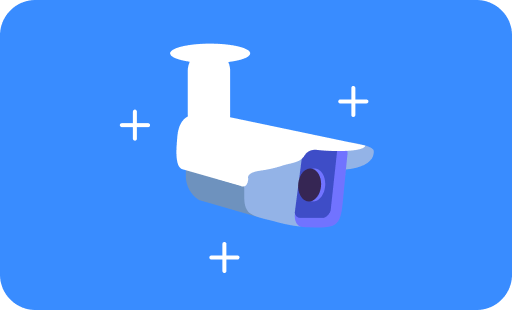3 questions you should ask before investing in a video analytics platform
- Physical security

If you have security cameras set up to remotely monitor your sites, adding video analytics to those cameras is a no-brainer; not only do your monitoring staff benefit from reduced nuisance alarms, you also get valuable data about your estate which provides insights for your overall security strategy.
However, not all video analytics platforms are made equal, and it’s essential to do your research before you buy. Below, we’ve given you the three key questions you should ask about any video analytics platform before you commit, to make sure you’re set up for success.
Does it offer value for money?
If you have a site with multiple cameras, it makes sense to integrate video analytics for as many of them as possible, if not for your entire estate. Purchasing an expensive video analytics platform that you can only afford for a handful of cameras isn’t the best solution for the long term.
If you find that the few cameras you are analysing give you useful information and reduced alerts, an expensive platform is going to be difficult to scale up. Look for systems that provide scalable payment plans, and a solution that is flexible enough to adapt to your site as it grows.
Is it easy to install and manage?
Many video analytics solutions currently available use some form of hardware which requires local installation. Sending engineers to install the solution on-site is not only expensive - it’s also difficult to manage. When your analytics solution needs to be updated, it could involve replacing the hardware on your site, which will rack up costs over time. You also face the risk of the hardware malfunctioning, which would also require a site visit for maintenance and repair.
“Plug and play” cloud-based solutions don’t require sending engineers to a physical location. Software like Calipsa’s doesn’t involve any hardware at all, and can easily be set up from your browser to turn your security cameras into smart cameras. It’s also important to check your analytics solution will integrate well with your existing camera brands and monitoring software, to avoid further expense and operational disturbance.
Does it use the latest visual recognition technology?
Older video analytics platforms rely on rules that have been hard-coded by developers. While these were a step forward at the time, they have proven to be inflexible, and not as effective as newer technologies such as deep learning. Deep learning video analytics learn and improve over time based on their continued exposure to new data.
Unlike traditional analytics which identifies the cause of an alarm by following a process of elimination, deep learning analytics has learned what human activity looks like. This allows it to quickly and accurately spot patterns of human activity in vast amounts of data - which makes it much better at finding genuine alarms.
So in a nutshell, the key elements you should look for in an intelligent video analytics platform are: value for money; a flexible, scalable platform; software that’s easy to install and manage; and deep learning technologies that learn and evolve over time.
Want to know more about how Calipsa's False Alarm Filtering Platform can take your security business to the next level?








No comments